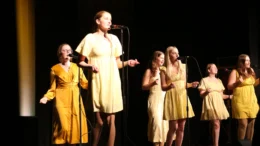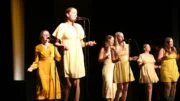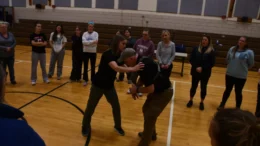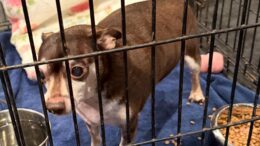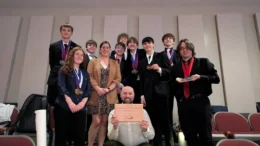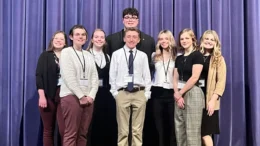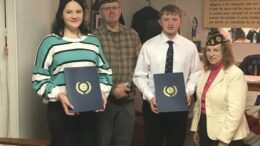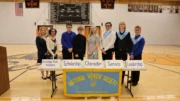Meadowscaping is more than planting a seed or planning a garden – it transforms ordinary spaces into a celebration of biodiversity, a habitat for birds and insects, and a home for native plants, beauty, and harmony. Meadowscaping is gardening with pollinator-friendly, perennial native plants — with the intention of building healthy, resilient communities. Planting native plants for birds and pollinators is the way to be responsible! We all pay a high price for the notion of “perfectly manicured lawn’. Perfectly manicured means gas machines, noise, pollution, bagging up valuable leaves, pesticide poisons and no habitat for butterflies and birds. Native plants grew before the 1550s when Europeans brought other plants here. Over thousands of years, native insects evolved to subsist only on specific native flowers, grasses, shrubs, and trees.
Deer ticks carry diseases and affect anyone who spends time out of doors in NWPA. Mowed lawns and non-native plants do not sustain a healthy ecosystem that naturally discourages ticks. Replacing even 1/3 of manicured lawns with perennials, shrubs and trees provide a healthier ecosystem for native insects, which feed native birds, bats and other creatures who eat the insects, including ticks! If you’re lucky native non-poisonous snakes will eat mice, who carry deer ticks.
Mow less and create a native, healthy landscape around your home. You’ll be caring for creation and creating self-sustaining natural, healthy habitats you can also enjoy. Doug Tallamy, an entomologist at the University of Delaware, wants to see lawns replanted with native North American flora, supporting a healthy array of native North American butterflies, moths and other arthropods, providing food for a robust population of songbirds, small mammals and reptiles. He even has a name for it: Homegrown National Park, an aspirational project to repurpose half of America’s lawnscape for ecologically productive use. That would comprise more than 20 million acres, the equivalent of nearly ten Yellowstones. The intention is to unite fragments of land scattered across the country into a network of habitat, which could be achieved, he wrote in Bringing Nature Home, “by untrained citizens with minimal expense and without any costly changes to infrastructure.” The plots wouldn’t have to be contiguous, although that would be preferable. Moths and birds can fly, and you’re helping them just by reducing the distance they have to travel for food. “Every little bit helps,” Tallamy says. “Most people don’t own 50 acres, so it’s not going to be that hard. The minimal thing is, you plant a tree and it’s the right tree.”
www.smithsonianmagazine.com/science-nature/meet-ecologist-who-wants-unleash-wild-backyard-180974372/
This educational blog is a series of informative articles from the Penn State Master Gardeners volunteers plus news concerning the group and their activities. For more information, click here.








